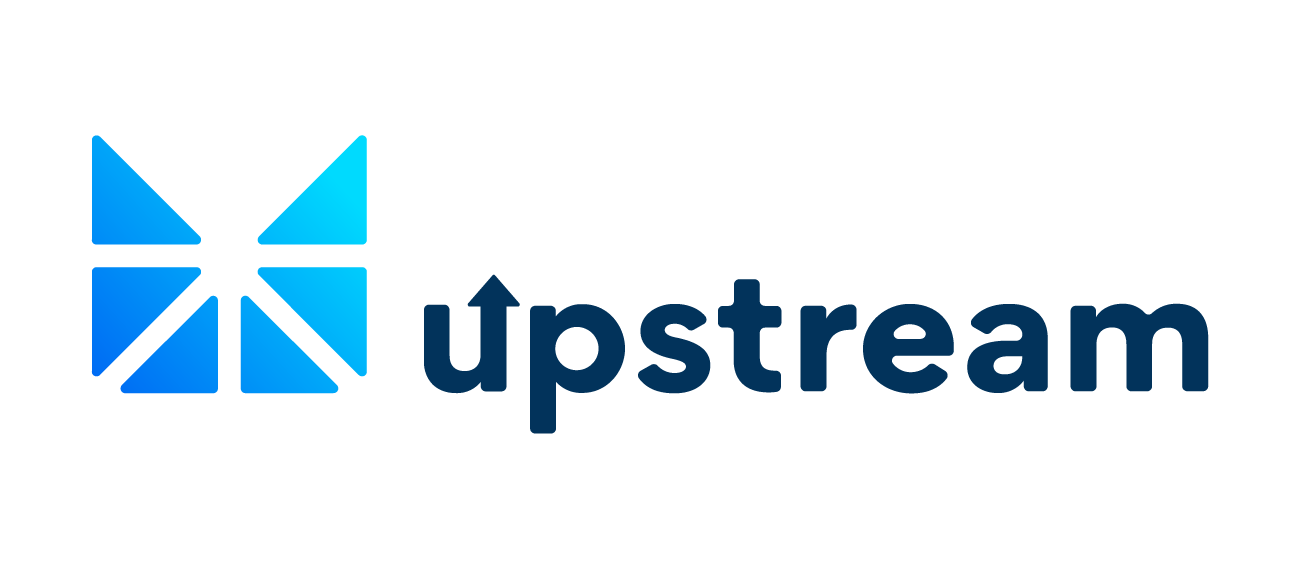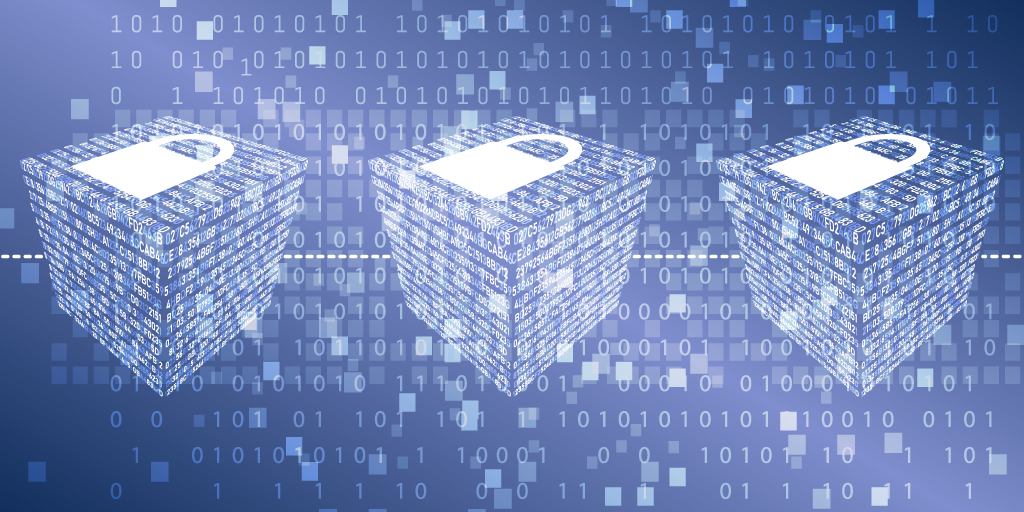By Sandra Quinn
So far this year, all of our weekly blogs have looked at the blockchain, the technology and innovations it brings with it and how it can impact on our working, personal and social lives.
One of the main features of the blockchain is that it can enhance security, so we decided to take a deeper look at that aspect for this week’s blog.
Blockchain technology can help to improve security in terms of identity fraud prevention, anti-money laundering technology, authentic and indisputable verification of identities and the distributed ledger cannot be changed, altered or tampered with and once something is written into the blockchain, it is there forever more.
Here are some of the ways in which it works;
- Starting with the basic elements, the blockchain gets its name from its actual make-up – it is made up of a chain of blocks. The chain of digital blocks make up each transaction and they are all connected in such a way that they cannot be hacked or changed. Marketbusinessnews.com do a better job of describing blocks here; “In the world of cryptocurrencies, blocks are like ledger pages while the whole record-keeping book is the blockchain. A block is a file that stores unalterable data related to the network. Blocks hold all the records of valid cryptocurrency transactions. They are hashed and encoded into a hash tree or Merkle tree. A hash tree is a tree in which each leaf node has a label with the hash of a data block. Every block has the cryptographic hash of the block that precedes it in the blockchain. A block, plus all the blocks before and after it, form a blockchain. The first block in a blockchain is the Genesis Block. It is the only one with no data on the previous block because there is no block before it.”
- When you look at the blockchain through the lens of the above explanation (which I love, as it is both simple enough for a layman to understand and also doesn’t skirt around the technical terminology), it can be seen that rather than having one central ledger with all of the information on it, which is open to manipulation and tampering, every single block within the chain contains all of the data. This is where the distributed ledger idea comes into its own.
- Each block contains the Proof of Work, the previous block, as well as transaction information and they are each timestamped.
In a nutshell; “The features of blocks make blockchains resistant to manipulation”, according to marketbusinessnews.com.

